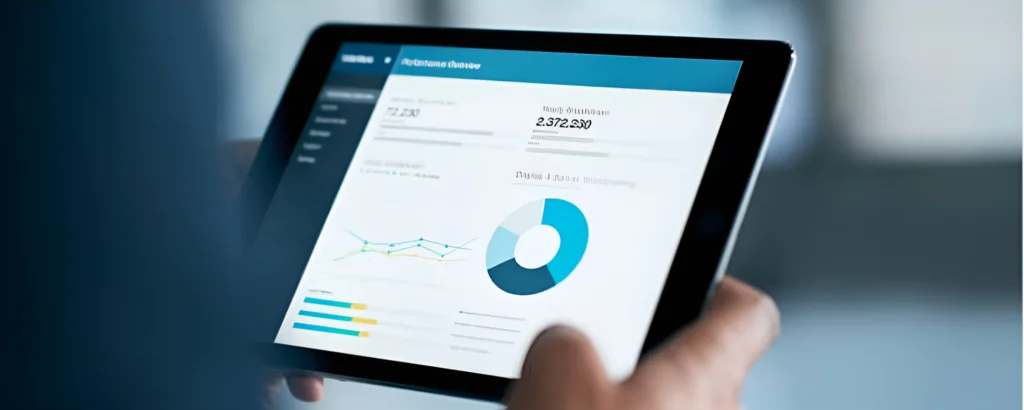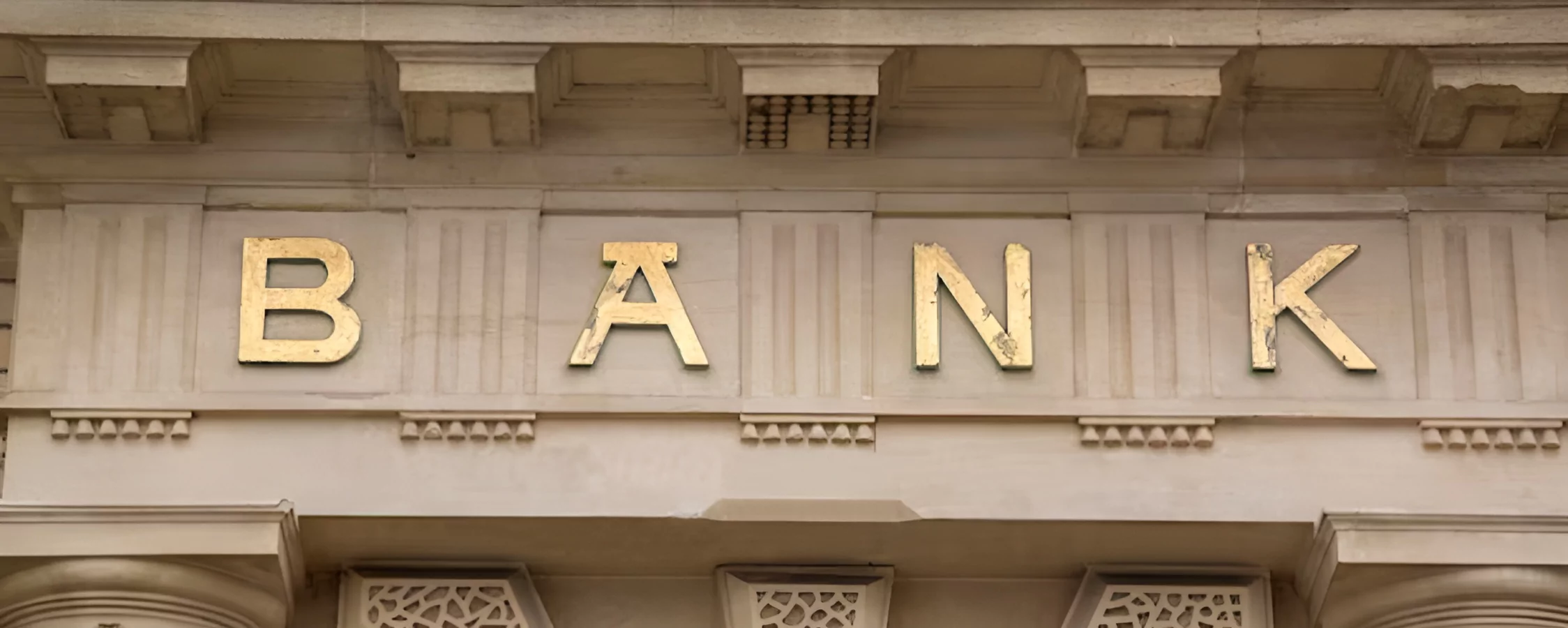Bitcoin CFD trading has exploded in popularity as the price of Bitcoin continues to attract speculation. Contracts for difference (CFD) allow you to gain from Bitcoin price movements without owning the actual cryptocurrency.
But how do you trade Bitcoin CFDs? What steps should you take and what strategies can you employ to maximize your chances of success?
This article will walk you through the key aspects of trading Bitcoin CFDs, from finding the right broker to managing your risk.
Find the Right Broker
The first crucial step to trading Bitcoin CFDs is opening an account with a reputable broker that offers this product.
Look for a Broker With
• Good reputation and regulation
• Low spreads and commissions
• A wide range of leverage options
• Advanced charting and order tools
• Educational resources
• Secure deposits and withdrawals
Compare multiple options to find the broker that best suits your needs. Take into account funding methods, product selection, and customer service as well.
Understand How Bitcoin CFDs Work
Before trading, make sure you understand how Bitcoin CFDs function. Some key points:
Bitcoin CFDs Eliminate Ownership
With CFDs, you don’t own any Bitcoin. You are simply speculating on the direction of its price. If the price moves in your favor, you earn from it. If it moves against you, you lose.
You Can Trade Long or Short
With Bitcoin CFDs, you can either go long by buying when you expect the price to rise or short by selling when you expect it to fall.
Leverage Magnifies Both Gains and Losses
Leverage, which is frequently 100x or more, amplifies the result of your trades. This can turbocharge your gains but also exacerbate losses. Manage risk carefully when using leverage.
You Can Set Stop Losses and Take Profits
To limit your risk exposure, set stop losses to automatically close losing positions. And set take profits to lock in gains on winning trades.
Manage Risk Properly
Effective risk management is key when trading Bitcoin CFDs. Here are some tips:
-Start With Small Position Sizes
Start with 1-2% of your account per trade and only increase as you gain experience and confidence.
-Use Leverage Sparingly
High leverage can quickly wipe out your account. Stay disciplined and be on the side of lower leverage.
-Set Multiple Stop Losses
Set multiple stop losses at significant support levels in case your initial stop gets breached. Trailing stops can also help lock in earnings.
-Never Risk More Than You Can Afford to Lose
Only trade with funds specifically set aside for high-risk investments. Never risk the capital you need for essential expenses.
Use Technical Analysis to Identify Trading Opportunities

Technical analysis of Bitcoin price charts can provide valuable trading signals and clues about potential buy and sell points. Studying charts and indicators can help you:
Identify Trends and Momentum
By looking at trends in different time frames (daily, 4-hour, hourly, etc) you can gauge the overall direction and strength of Bitcoin’s price movements. This can guide your decision to go long or short.
Spot Support and Resistance Levels
Horizontal price levels where Bitcoin has repeatedly reversed direction in the past act as support (floor) or resistance (ceiling). Watch for breakouts and retests of these levels.
Find Divergences in Indicators
When indicators like MACD or RSI show divergences with price, it can signal a trend reversal or consolidation. Look for setups where the indicator makes a new high/low but the price does not.
Utilize Moving Averages
Simple and exponential moving averages can identify short-term trends and provide buy/sell signals when the price crosses above or below them. The 50 and 200-day moving averages in particular are useful.
Pay Attention to Bollinger Band Squeezes
When Bollinger Bands contract and then break out, it indicates high volatility and a likely large price move. This can provide a high probability trading opportunity.
By incorporating technical analysis into your Bitcoin CFD trading strategy, you can potentially identify high reward/risk setups and time your entries and exits more effectively. While fundamentals still drive long-term trends, technicals can help you trade short-term fluctuations in the market.
Conclusion
In conclusion, by following the steps outlined in this article, you’ll be well on your way to trading Bitcoin CFDs responsibly and effectively. Finding the right broker, understanding how Bitcoin CFDs work, determining your position size, and setting risk management parameters are some key aspects to focus on. With discipline, patience, and proper risk management practices, trading Bitcoin CFDs can be an exciting opportunity to gain from the rising popularity of cryptocurrencies.













